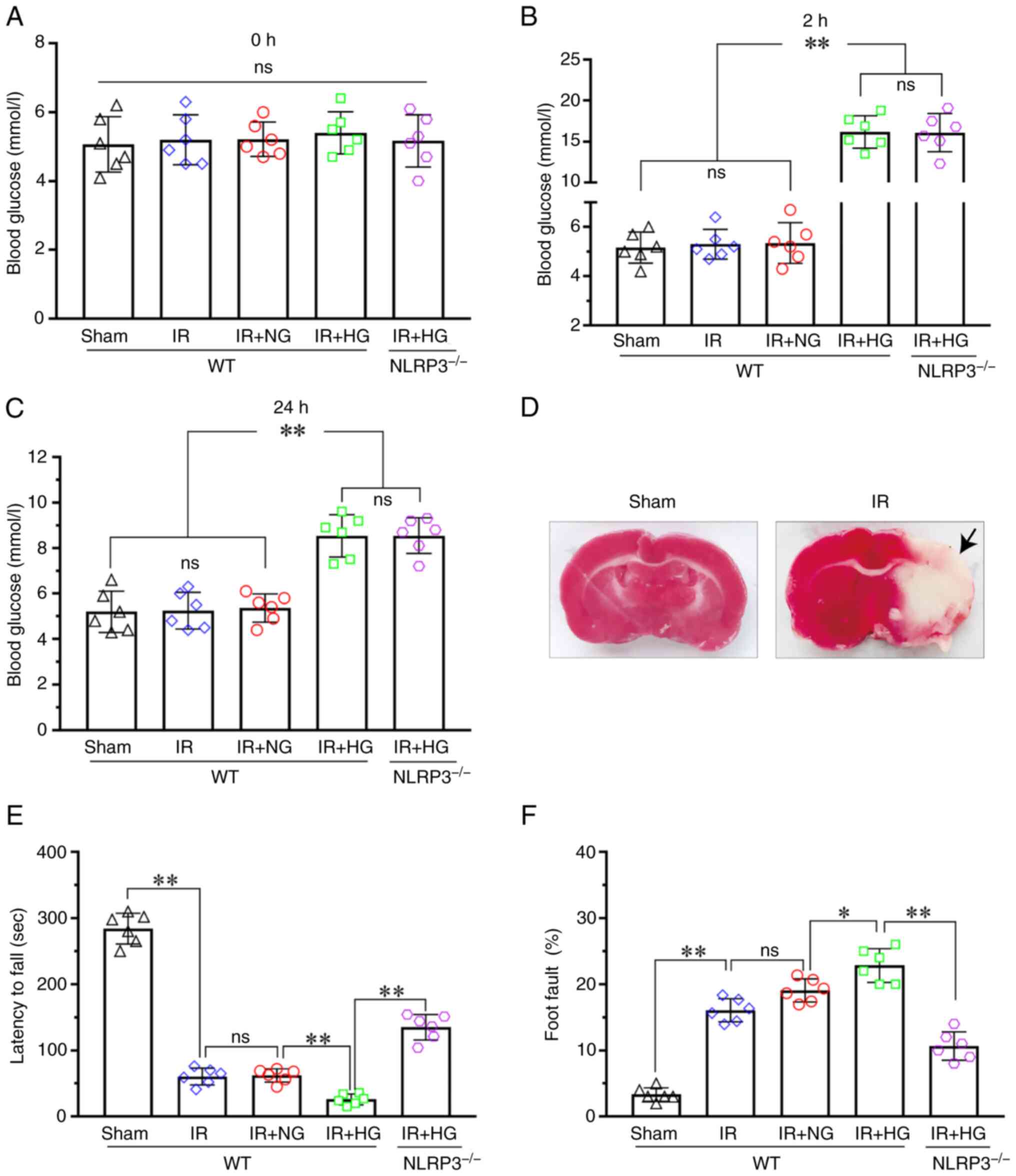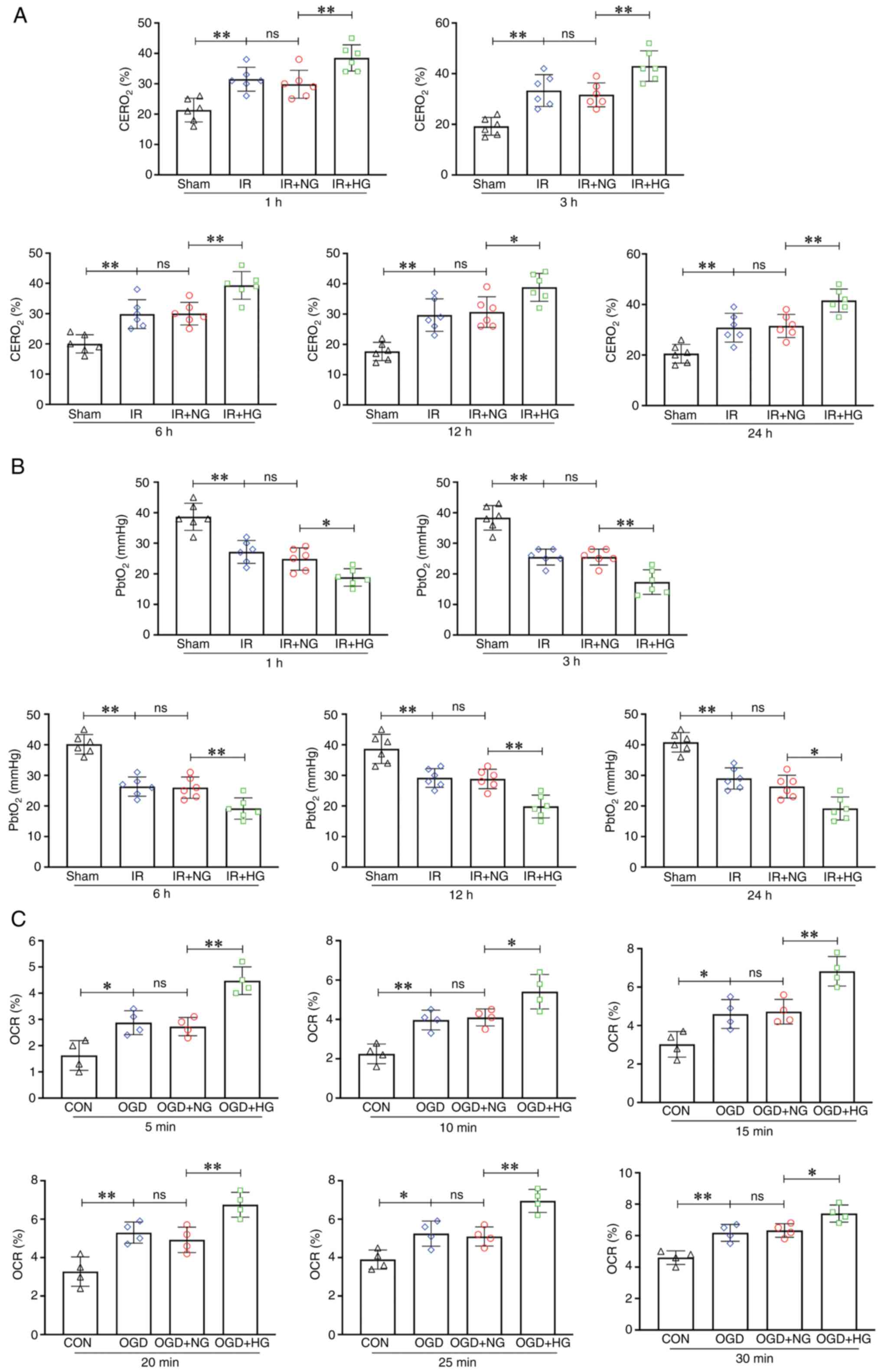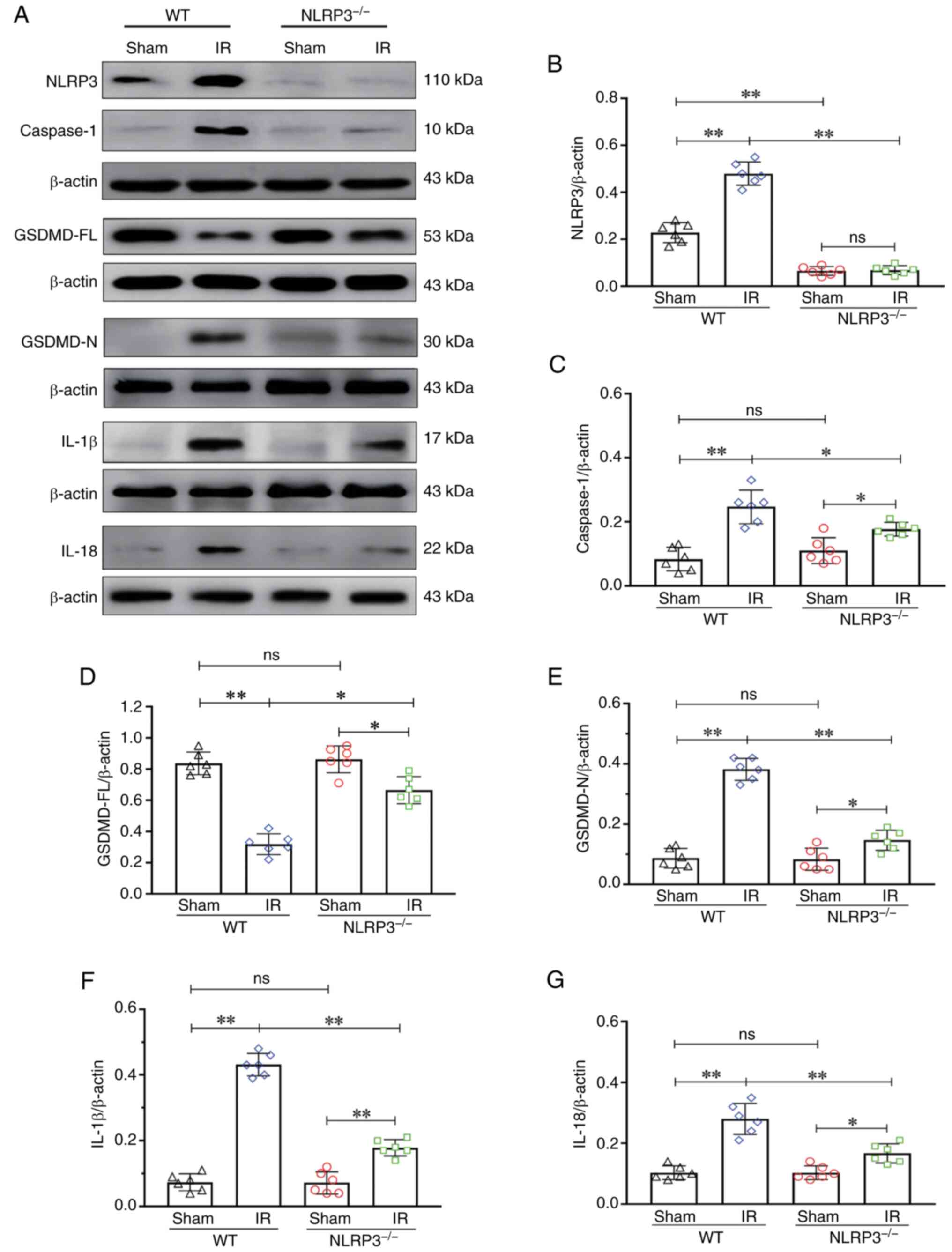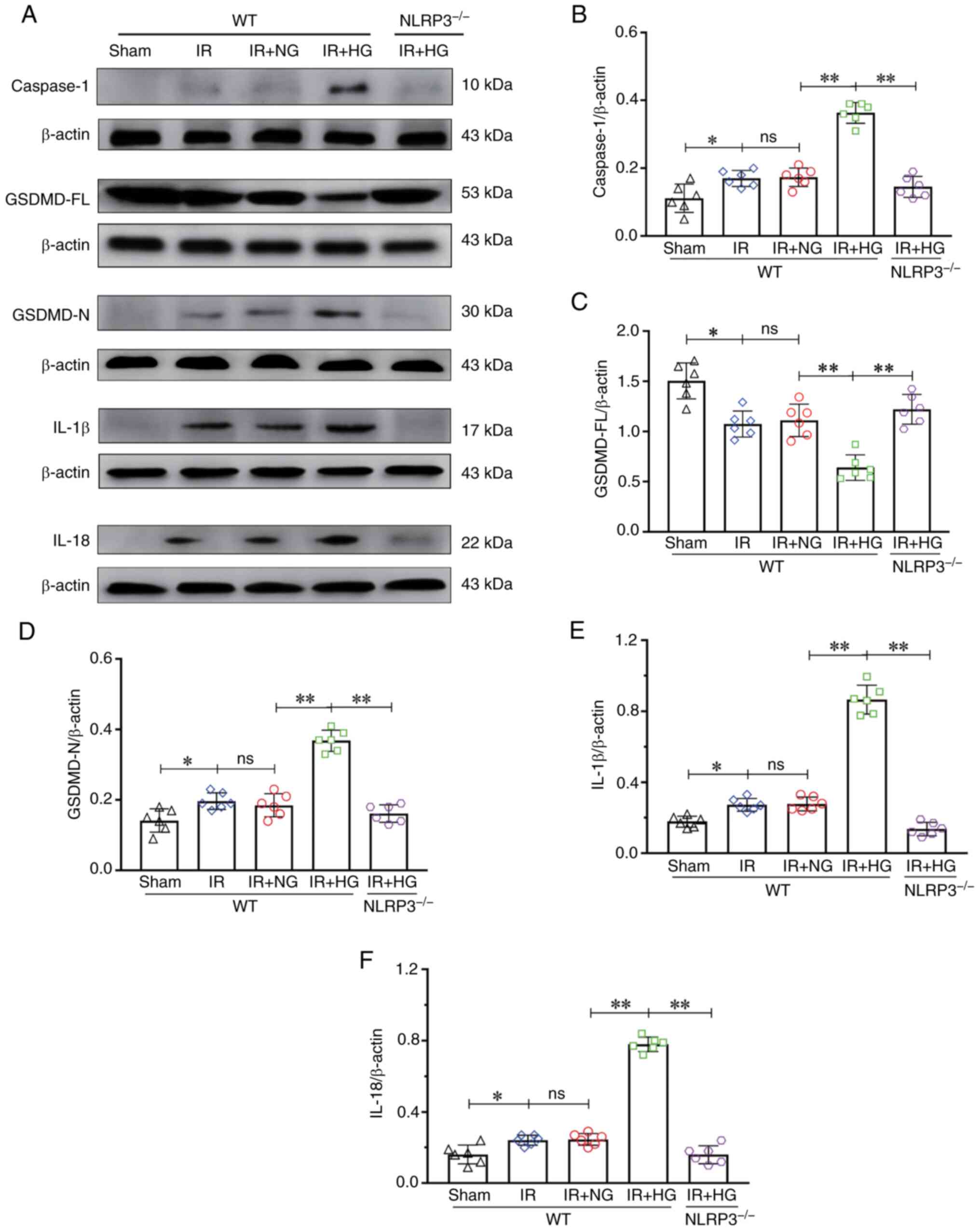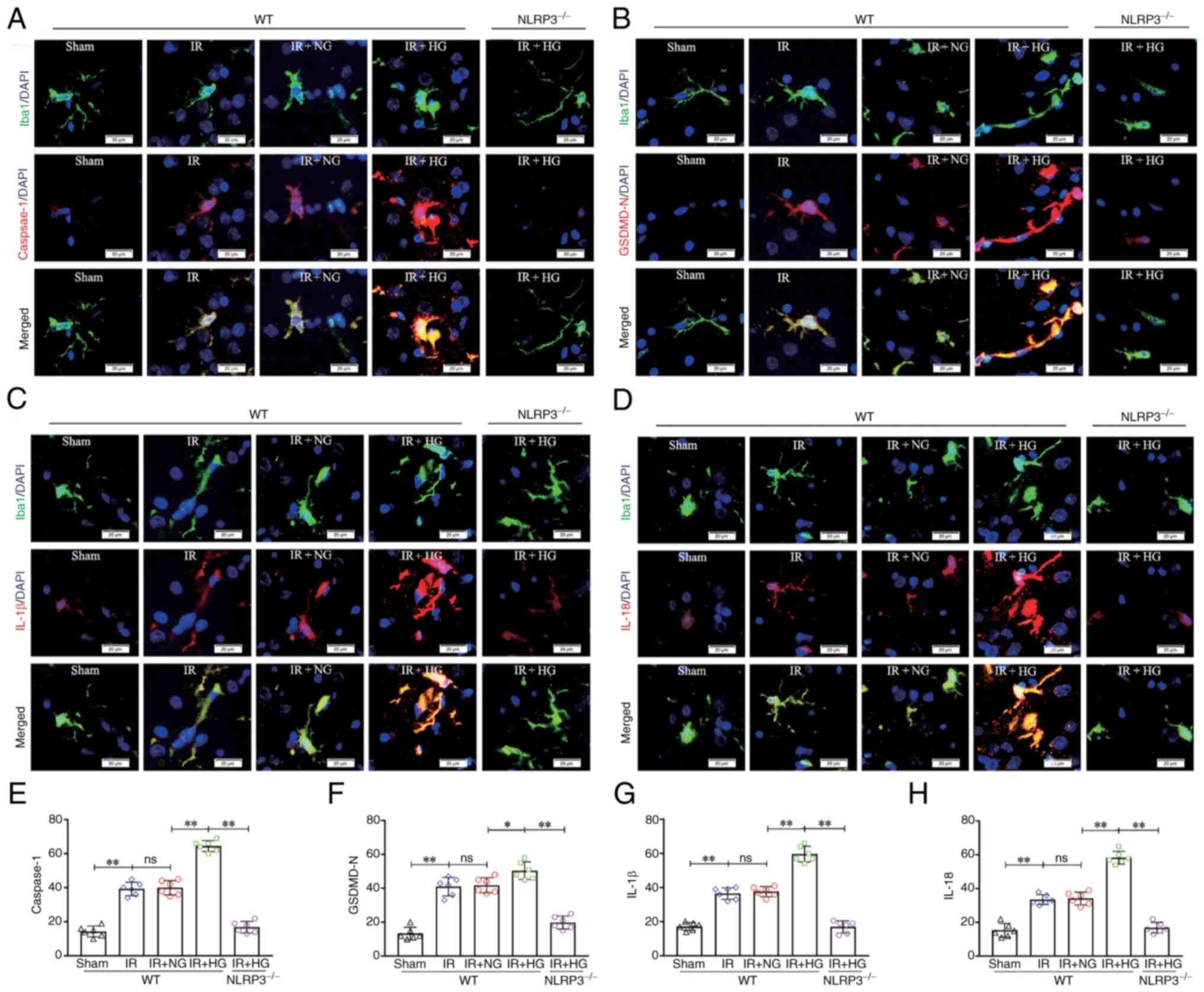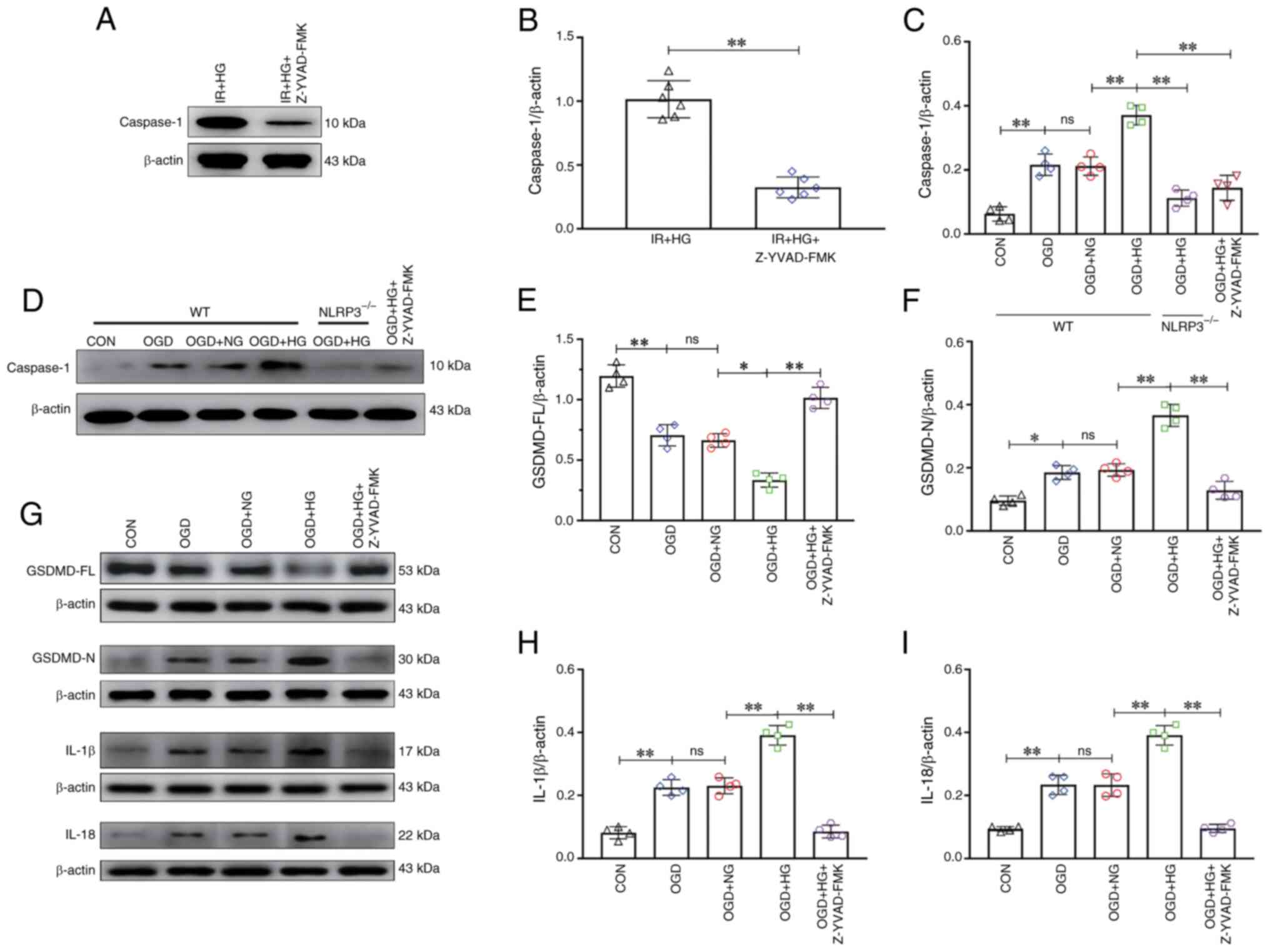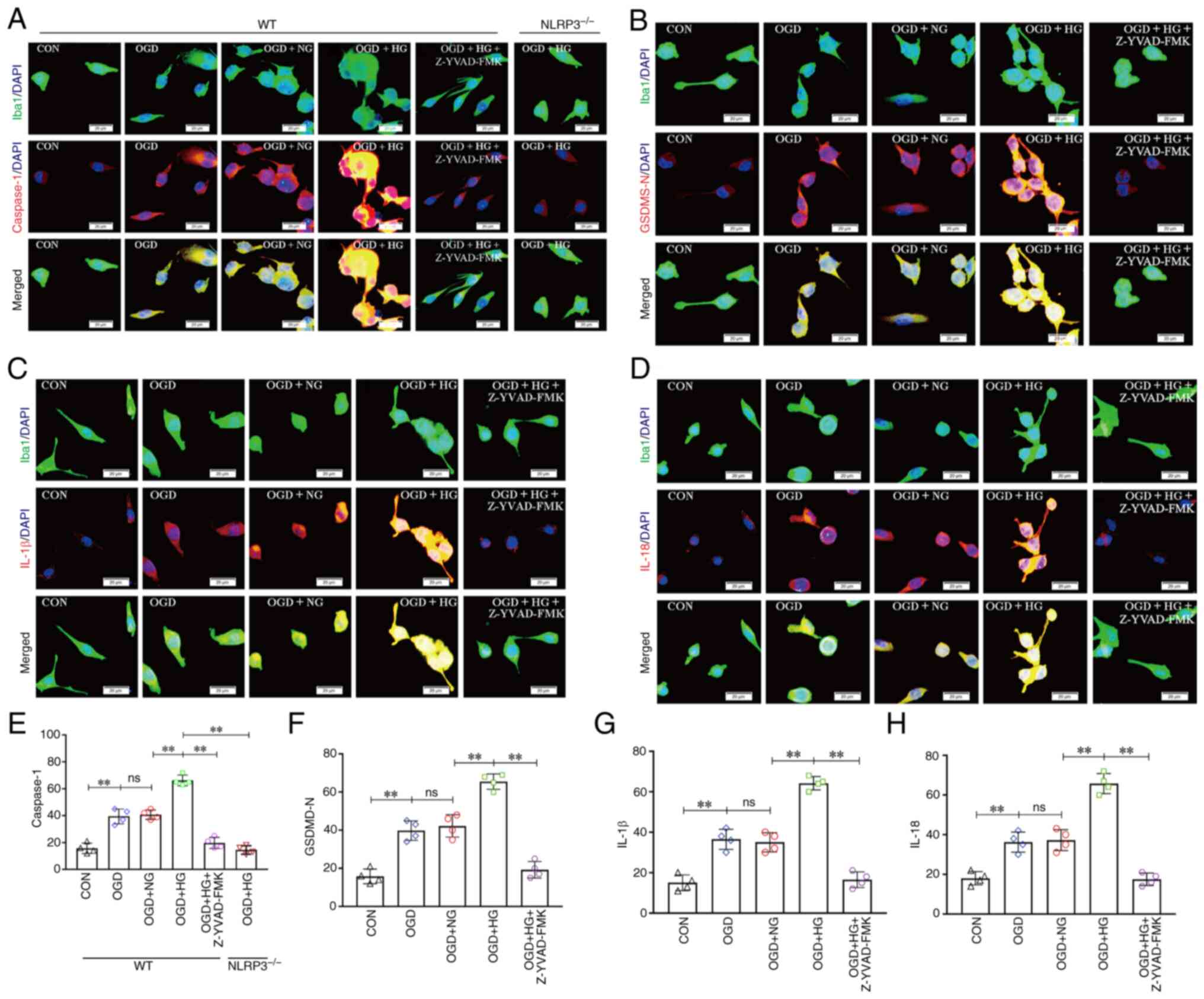|
1
|
Feske SK: Ischemic stroke. Am J Med.
134:1457–1464. 2021. View Article : Google Scholar : PubMed/NCBI
|
|
2
|
Tsao CW, Aday AW, Almarzooq ZI, Alonso A,
Beaton AZ, Bittencourt MS, Boehme AK, Buxton AE, Carson AP,
Commodore-Mensah Y, et al: Heart disease and stroke statistics-2022
update: A report from the american heart association. Circulation.
145:e153–e639. 2022. View Article : Google Scholar : PubMed/NCBI
|
|
3
|
Herpich F and Rincon F: Management of
acute ischemic stroke. Crit Care Med. 48:1654–1663. 2020.
View Article : Google Scholar : PubMed/NCBI
|
|
4
|
Gray CS, Hildreth AJ, Sandercock PA,
O'Connell JE, Johnston DE, Cartlidge NE, Bamford JM, James OF and
Alberti KGMM; GIST Trialists Collaboration, :
Glucose-potassium-insulin infusions in the management of
post-stroke hyperglycaemia: The UK glucose insulin in stroke trial
(GIST-UK). Lancet Neurol. 6:397–406. 2007. View Article : Google Scholar : PubMed/NCBI
|
|
5
|
Johnston KC, Bruno A, Pauls Q, Hall CE,
Barrett KM, Barsan W, Fansler A, Van de Bruinhorst K, Janis S and
Durkalski-Mauldin VLD; Neurological Emergencies Treatment Trials
Network and the SHINE Trial Investigators, : Intensive vs standard
treatment of hyperglycemia and functional outcome in patients with
acute ischemic stroke: The SHINE randomized clinical trial. JAMA.
322:326–335. 2019. View Article : Google Scholar : PubMed/NCBI
|
|
6
|
Desilles JP, Syvannarath V, Ollivier V,
Journé C, Delbosc S, Ducroux C, Boisseau W, Louedec L, Di Meglio L,
Loyau S, et al: Exacerbation of thromboinflammation by
hyperglycemia precipitates cerebral infarct growth and hemorrhagic
transformation. Stroke. 48:1932–1940. 2017. View Article : Google Scholar : PubMed/NCBI
|
|
7
|
Ergul A, Li W, Elgebaly MM, Bruno A and
Fagan SC: Hyperglycemia, diabetes and stroke: Focus on the
cerebrovasculature. Vascul Pharmacol. 51:44–49. 2009. View Article : Google Scholar : PubMed/NCBI
|
|
8
|
Jia J, Yang L, Chen Y, Zheng L, Chen Y, Xu
Y and Zhang M: The role of microglial phagocytosis in ischemic
stroke. Front Immunol. 12:7902012022. View Article : Google Scholar : PubMed/NCBI
|
|
9
|
Ding H, Li Y, Wen M, Liu X, Han Y and Zeng
H: Elevated intracranial pressure induces IL-1β and IL-18
overproduction via activation of the NLRP3 inflammasome in
microglia of ischemic adult rats. Int J Mol Med. 47:183–194. 2021.
View Article : Google Scholar : PubMed/NCBI
|
|
10
|
Song L, Pei L, Yao S, Wu Y and Shang Y:
NLRP3 inflammasome in neurological diseases, from functions to
therapies. Front Cell Neurosci. 11:632017. View Article : Google Scholar : PubMed/NCBI
|
|
11
|
Liao LZ, Chen ZC, Wang SS, Liu WB, Zhao CL
and Zhuang XD: NLRP3 inflammasome activation contributes to the
pathogenesis of cardiocytes aging. Aging (Albany NY).
13:20534–20551. 2021. View Article : Google Scholar : PubMed/NCBI
|
|
12
|
Lian H, Fang X, Li Q, Liu S, Wei Q, Hua X,
Li W, Liao C and Yuan X: NLRP3 inflammasome-mediated pyroptosis
pathway contributes to the pathogenesis of Candida albicans
keratitis. Front Med (Lausanne). 9:8451292022. View Article : Google Scholar : PubMed/NCBI
|
|
13
|
Liu L, Wang N, Kalionis B, Xia S and He Q:
HMGB1 plays an important role in pyroptosis induced blood brain
barrier breakdown in diabetes-associated cognitive decline. J
Neuroimmunol. 362:5777632022. View Article : Google Scholar : PubMed/NCBI
|
|
14
|
Ismael S, Nasoohi S, Yoo A, Ahmed HA and
Ishrat T: Tissue plasminogen activator promotes TXNIP-NLRP3
inflammasome activation after hyperglycemic stroke in mice. Mol
Neurobiol. 57:2495–2508. 2020. View Article : Google Scholar : PubMed/NCBI
|
|
15
|
Ardehali MR and Rondouin G: Microsurgical
intraluminal middle cerebral artery occlusion model in rodents.
Acta Neurol Scand. 107:267–275. 2003. View Article : Google Scholar : PubMed/NCBI
|
|
16
|
Percie du Sert N, Ahluwalia A, Alam S,
Avey MT, Baker M, Browne WJ, Clark A, Cuthill IC, Dirnagl U,
Emerson M, et al: Reporting animal research: Explanation and
elaboration for the ARRIVE guidelines 2.0. PLoS Biol.
18:e30004112020. View Article : Google Scholar : PubMed/NCBI
|
|
17
|
Ding HG, Li Y, Li XS, Liu XQ, Wang KR, Wen
MY, Jiang WQ and Zeng HK: Hypercapnia promotes microglial
pyroptosis via inhibiting mitophagy in hypoxemic adult rats. CNS
Neurosci Ther. 26:1134–1146. 2020. View Article : Google Scholar : PubMed/NCBI
|
|
18
|
Desilles JP, Meseguer E, Labreuche J,
Lapergue B, Sirimarco G, Gonzalez-Valcarcel J, Lavallée P, Cabrejo
L, Guidoux C, Klein I, et al: Diabetes mellitus, admission glucose,
and outcomes after stroke thrombolysis: A registry and systematic
review. Stroke. 44:1915–1923. 2013. View Article : Google Scholar : PubMed/NCBI
|
|
19
|
Li J, Quan K and Wang Y, Zhao X, Li Z, Pan
Y, Li H, Liu L and Wang Y: Effect of stress hyperglycemia on
neurological deficit and mortality in the acute ischemic stroke
people with and without diabetes. Front Neurol. 11:5768952020.
View Article : Google Scholar : PubMed/NCBI
|
|
20
|
Li WA, Moore-Langston S, Chakraborty T,
Rafols JA, Conti AC and Ding Y: Hyperglycemia in stroke and
possible treatments. Neurol Res. 35:479–491. 2013. View Article : Google Scholar : PubMed/NCBI
|
|
21
|
Yu P, Zhang X, Liu N, Tang L, Peng C and
Chen X: Pyroptosis: Mechanisms and diseases. Signal Transduct
Target Ther. 6:1282021. View Article : Google Scholar : PubMed/NCBI
|
|
22
|
Qiu Z, Lei S, Zhao B, Wu Y, Su W, Liu M,
Meng Q, Zhou B, Leng Y and Xia ZY: NLRP3 inflammasome
activation-mediated pyroptosis aggravates myocardial
ischemia/reperfusion injury in diabetic rats. Oxid Med Cell Longev.
2017:97432802017. View Article : Google Scholar : PubMed/NCBI
|
|
23
|
Lin J, Cheng A, Cheng K, Deng Q, Zhang S,
Lan Z, Wang W and Chen J: New insights into the mechanisms of
pyroptosis and implications for diabetic kidney disease. Int J Mol
Sci. 21:70572020. View Article : Google Scholar : PubMed/NCBI
|
|
24
|
Zhao P, Yue Z, Nie L, Zhao Z and Wang Q,
Chen J and Wang Q: Hyperglycaemia-associated macrophage pyroptosis
accelerates periodontal inflamm-aging. J Clin Periodontol.
48:1379–1392. 2021. View Article : Google Scholar : PubMed/NCBI
|
|
25
|
Cui Y, Chen XB, Liu Y, Wang Q, Tang J and
Chen MJ: Piperlongu-mine inhibits esophageal squamous cell
carcinoma in vitro and in vivo by triggering
NRF2/ROS/TXNIP/NLRP3-dependent pyroptosis. Chem Biol Interact.
390:1108752024. View Article : Google Scholar : PubMed/NCBI
|
|
26
|
Wang J, Yin Y, Zhang Q, Deng X, Miao Z and
Xu S: HgCl2 exposure mediates pyroptosis of HD11 cells
and promotes M1 polarization and the release of inflammatory
factors through ROS/Nrf2/NLRP3. Ecotoxicol Environ Saf.
269:1157792024. View Article : Google Scholar : PubMed/NCBI
|




